Woven vs Nonwoven Geotextile Fabric - Differences & How to Choose
Written by Ivy
Jan 30 2023
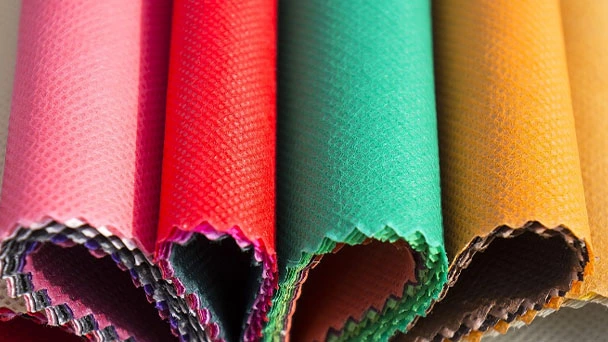
When it comes to any installation, both woven and nonwoven geotextiles have their advantages and disadvantages. Where one performs well, the other might not perform similarly. This is based on their attributes and what they provide for a given application. Their similarities, differences, and potential applications in a typical hardscape installation will be highlighted in this article.
What is Woven Geotextile Fabric?
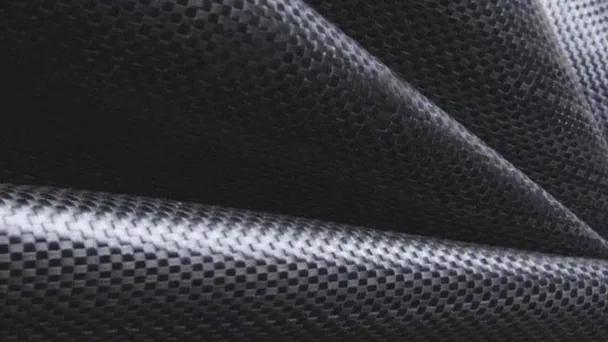
Woven Geotextile Fabric
Essentially, woven geotextile is made by weaving distinct yarns on a loom to achieve a uniform length. Although various materials, including slit films, fibrillated yarn, and monofilaments, can be used, the weaving method is always the same.
This guarantees the strength of the woven geotextile fabric, making it a great choice for uses like road construction, underneath driveways, residential streets, and highways. With a few exceptions, woven geotextiles are less permeable and therefore not the best option for drainage projects. In contrast, they are corrosion-resistant and great for long-term separation and reinforcement applications.
Three Categories of Woven Fabric
Slit film, monofilament, and combination woven geotextiles are the three types of these versatile materials that are produced.
Silt Film Woven Geotextiles
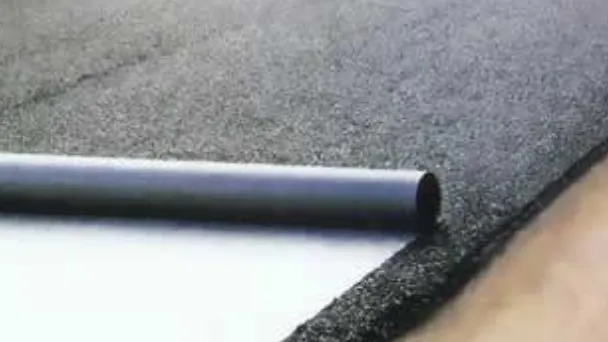
Silt Film Woven Geotextiles
Silt Film, which is made of interlaced plastic sheets, is used to separate and stabilize weaker soils. It can be set up quickly all around a jobsite and has a lower permeability than drainage fabric. This product, also referred to as a silt fence, acts as a vertical barrier held in place by wooden or metal stakes to help stop sediment from flowing downhill.
Additionally, this kind of fabric is employed in some road construction projects and beneath gravel walkways.
Monofilament Geotextiles
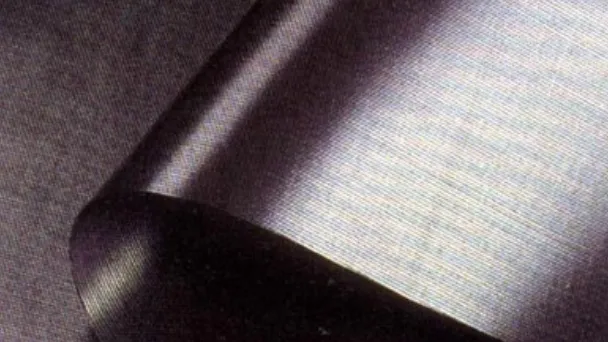
Monofilament Geotextiles
Interlaced poly fibers or tape yarns are typically used to make monofilament fabrics. Compared to silt film, this class of fabric is much stronger and can withstand heavy loads.
These materials are frequently employed in filtration projects, such as spillway areas, bulkhead applications, seawalls, and shoreline security.
Combination Woven Geotextiles
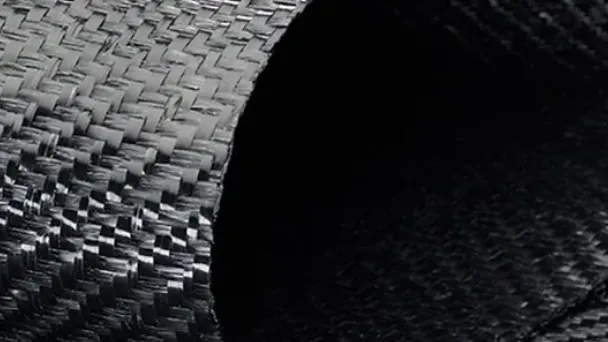
Combination Woven Geotextiles
With more strength than monofilaments, combination or hybrid fabrics are made of yarns woven in alternating patterns. Water can also easily pass through the weave. These materials are best suited for projects that need strength and specialized fluid mechanics.
These premium geotextiles are typically called out on a plan or specified by a project engineer in general.
What is Nonwoven Geotextile Fabric?
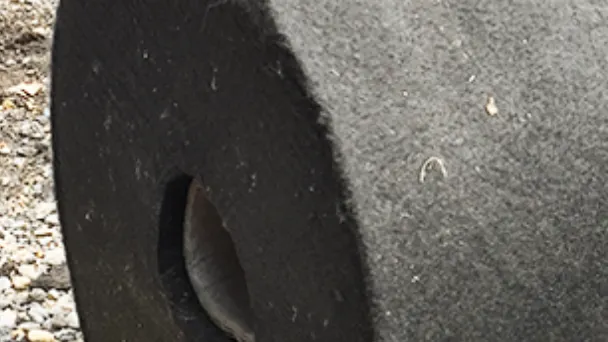
Nonwoven Geotextile Fabric
Nonwoven geotextiles are made by fusing together long and short fibers using needle punching or other non-weaving techniques. Typically, heat treatment is used to increase the geotextile's tensile strength.
Nonwoven geotextiles can be permeable and are typically made of synthetic materials like polyester or polypropylene. They work best in projects that call for drainage, filtration, protection, and separation. They lack the strength of woven geotextiles, though.
Major Differences Between Woven and Nonwoven Geotextiles
The applications and manufacturing processes of woven and nonwoven geotextiles differ significantly. Your choice of geotextile fabrics will depend on the type of project you are working on. Listed below are the major difference between woven and nonwoven geotextiles:
- Nonwoven geotextiles are excellent for filtration, separation, and drainage applications, whereas woven geotextiles are a great choice for reinforcement and stabilization applications.
- While nonwoven geotextiles are typically measured by weight, woven geotextiles have a higher load capacity and tensile strength and are frequently used in the construction of roads.
- With a few notable exceptions, woven geotextiles are semi-impermeable and have a low flow-through rate, whereas nonwoven geotextiles have a high flow-through rate and are permeable.
- Geotextiles can be produced from polyester or polypropylene yarns or fibers in both woven and nonwoven forms.
Applications for Nonwoven Geotextiles
When soil separation and permeability are required, nonwoven geotextiles are the ideal choice. If your project calls for drainage, they are also the ideal solution. For certain projects, it is a great option even though it might not be as strong as a woven geotextile. As a result, you should be aware of the appropriate geotextile for the project when working on it.
Listed below are some applications of nonwoven geotextile:
- Beneath rock riprap revetment
- Wrapping French drains
- Used with alternative sub-surface drainage solutions
- For projects that require soil separation and permeability
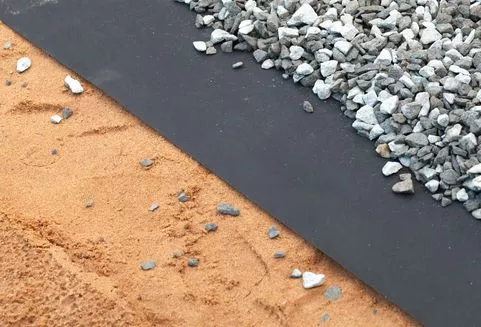
Applications for Woven Geotextiles
Woven geotextiles are useful in many different situations. As previously mentioned, you should make sure that the material you are using is appropriate for your project. Woven geotextiles extend the life of your project, lower long-term maintenance costs, and provide better performance when they are correctly specified and installed. Listed below are some applications for woven geotextiles:
- Highways
- Residential streets
- Parking lots
- Beneath driveways
How Are Geotextiles Used Today?
Today, geotextiles can be applied in numerous ways. For instance, you can find them in roads, railways, harbor works, and breakwaters. The use of geotextiles in modern times is covered below.
Drainage
A geotextile material can help collect gas or water and transport them along its plane, providing a seamless transmission.
Moisture Barrier
By using an asphaltic suspension, geotextiles can be used to block water. Because of its impermeability as a result, the fabric is ideal for construction tasks like rehabilitating paved surfaces.
Filtration
To allow water to pass through the covered layer, geotextiles can be used in filtration. The use of geotextiles allows water to pass while obstructing the passage of soil and other fine particles. The geotextile can be backed by a filter.
Reinforcement
Geotextiles can be a source of strength for reinforcement. They can be applied to steep slopes, retaining walls, water erosion control, and land reclamation.
Stabilization
In stabilization, geotextiles are frequently used on top of a highly compressible material. The material is typically soft soil. The basement layer is combined, strengthened, and turned into a solid foundation thanks to the geotextile's ability to allow water to seep from the soil to the draining material.
Separation
The two layers of various materials are separated by a geotextile. Two different types of soil, a new building and soil, or an old and new pavement could be the subject.
Contrary to nonwoven geotextiles, woven geotextiles are more robust. Nonwoven geotextiles are a great solution, though, when standing water or pooling is a problem. Nonwoven fabrics offer great strength and durability in addition to being a perfect drainage solution, making them useful for a variety of applications. Browse our sizable selection of geotextile fabrics if you're looking for woven and nonwoven geotextiles for your construction or landscaping project. We have a variety of roll sizes available so you can get the fabric you need when you need it.
How to Use Landscape Fabric
The minimum overlap between pieces when installing a geotextile is 12 Prime, with this number rising the softer the subgrade is. Additionally, the foundation pieces should be shingled away from the pieces, which means they should go under the following piece. As a result, the water can move from piece to piece away from the foundation without going through any fabric. The pieces of the geotextile must be in tension as they are being rolled out and cut, as the base material will be prepared on top of it. This means that before adding gravel to the top and laying out your base, all of the wrinkles must be eliminated. The amount of fabric cutting should be kept to a minimum. In order to further separate the subgrade from the sides into the base material, it is crucial when installing a fabric for your project that it wraps around the sides of the structure.
One of the major advantages of using a geotextile is the separation of the base material from the subgrade. Remembering the boot in the mud illustration, a material has a tendency to move horizontally when it is under pressure from a load. The material in the boot moves upward as well under the load's pressure. Because the load is distributed over a larger area, the separation of the subgrade under tension of the geotextile prevents the subgrade from rising into our base material. Additionally, it stops the same subgrade from moving horizontally into our base material from the sides of our excavation.
Incorporating geotextiles into your hardscaping and landscaping projects has a number of advantages. The right geotextile for your application requires consideration of a number of factors, but this article will assist you in making that decision to ensure the durability of your hardscaping and landscaping project.
Conclusion: Non-Woven VS. Woven
Strong strips of polyester, polypropylene, or linen material, known as woven geotextiles, are spun finely. The majority of the time, it is impermeable and little water can pass through it.
Under high load capacity surfaces like gravel or rock footpaths, highways, and parking lots, this geotextile's durability (pull strength) and warp resistance make it ideal.
Geotextile landscape fabric, which is non-woven, is the best material to use for drainage projects like drain fields or french drains. If your project calls for both high strength and good drainage, a premium combination woven fabric might be the right choice.
Latest Updated
- Woven vs Nonwoven Geotextile Fabric - Differences & How to Choose
- How to Grow & Care for Lilac Vine (Hardenbergia Violacea)
- When And How To Prune A Lilac Bush Like a Pro
- Benefits of Bugleweed - 7 Science-backed Health Benefits
- Bugleweed Dangers & Side Effects - Is It Poisonous?
- How to Plant Evergreen Trees - What You Should Know
- When to Plant Evergreens - Grow Guide for Evergreen Trees
- 12 Wonderful Evergreen Shrubs for Your Garden
- 12 Popular Evergreen Plants with Pictures for Beginners
- Japanese Lilac Tree (Syringa Reticulata) Care & Propagation Guide
Popular Articles
- Winter maintenance of Antirrhinum Majus
- How to Grow Terminalia Mantaly Tree
- How to Grow and Care for Crossostephium Chinense
- How to grow Antirrhinum Majus in spring
- Peristeria Elata (Dove Orchid) Profile: Info & Care Guide
- Underwatered Snake Plant (Sansevieria Trifasciata) - Signs And How To Fix
- How to Care for Brazilian Jasmine Plant (Mandevilla Sanderi)
- How to Grow & Care for Graptopetalum Purple Delight in Summer
- Rosa Chinensis (China Rose): Plant Growing & Care Tips
- How to Care for Baby Sun Rose (Aptenia Cordifolia)